Boost Senior Well-Being Through Physical Activity
The Connection Between Mental Health and Physical Activity in Seniors
As we age, we must maintain mental and physical health. Many seniors struggle with loneliness, depression, and anxiety. Engaging in physical activity can enhance mental well-being. This blog post explores the link between mental health and physical activity for seniors. It offers insights, tips, and strategies for a healthier lifestyle.
Understanding the Link
Research shows regular physical activity improves mental health. Exercise releases endorphins, the body’s natural mood lifters. Seniors who engage in physical activity often reduce anxiety and depression symptoms. Moving the body profoundly affects emotional health.
Exercise also enhances cognitive function. Studies indicate active seniors experience less cognitive decline. Activities that engage the body promote blood circulation to the brain. This circulation is vital for maintaining cognitive health and combating dementia and Alzheimer’s disease.
The Biochemical Aspect
Physical activity benefits mental health through biochemical changes. Exercise increases neurotransmitters like serotonin and norepinephrine, improving mood. It also stimulates brain-derived neurotrophic factor (BDNF), promoting neuron growth and survival. This contributes to better cognitive function.
Types of Physical Activities for Seniors
Seniors can benefit from various forms of exercise. Here are some effective and enjoyable options:
Walking
Walking is simple and accessible. It requires no special equipment and can occur anywhere. Seniors can start with short walks, gradually increasing distance and pace.
Yoga and Tai Chi
Yoga and Tai Chi promote flexibility, balance, and strength. These low-impact exercises incorporate mindfulness and deep breathing. Many community centers offer classes tailored to older adults.
Strength Training
Strength training helps seniors maintain muscle mass and bone density. Seniors can use resistance bands or light weights at home or in the gym. This training improves mood and reduces anxiety levels.
Dancing
Dancing offers a fun way to stay active and socialize. Many seniors enjoy classes focused on ballroom, line dancing, or Zumba. These classes cater to different fitness levels.
Tips for Incorporating Physical Activity
Seniors can easily add physical activity to their daily routines. Here are practical tips to get started:
Start Slow
If you are new to exercise or have been inactive, begin gradually.
Conclusion
Physical activity significantly benefits seniors’ mental health and overall well-being.
Below are related products based on this post:
FAQ
How does physical activity improve mental health in seniors?
Regular physical activity enhances mental health by releasing endorphins, which are natural mood lifters. It helps reduce symptoms of anxiety and depression, while also improving cognitive function and promoting emotional well-being.
What types of physical activities are recommended for seniors?
Seniors can benefit from a variety of exercises, including walking, yoga, Tai Chi, strength training, and dancing. These activities are enjoyable, accessible, and cater to different fitness levels, making them ideal for older adults.
How can seniors incorporate physical activity into their daily routine?
Seniors can start by adding short walks to their day and gradually increasing the duration and intensity. It’s important to begin slowly, especially if they have been inactive, and to choose activities they enjoy to stay motivated.
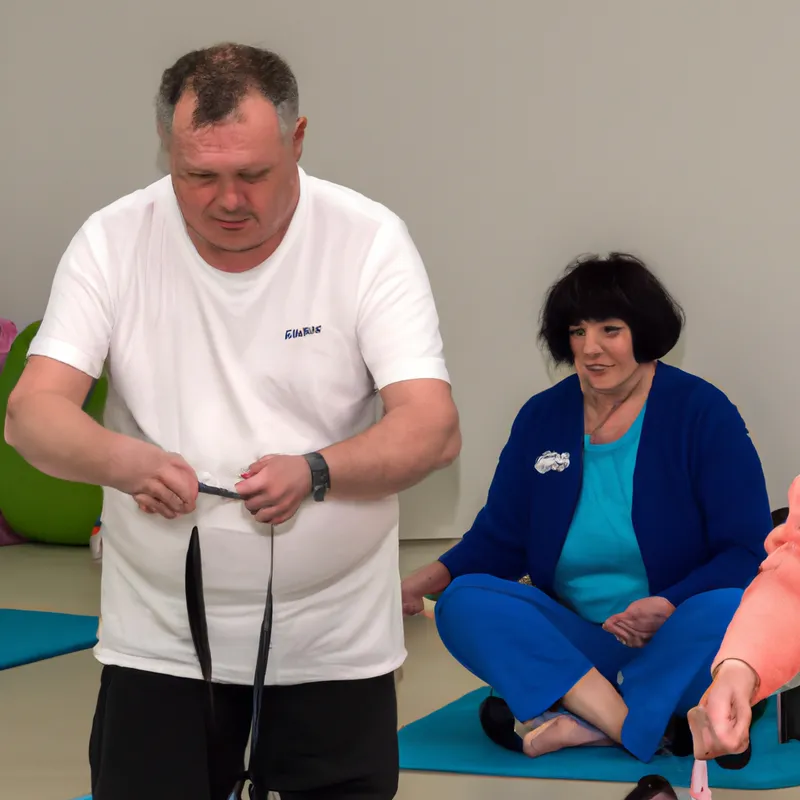


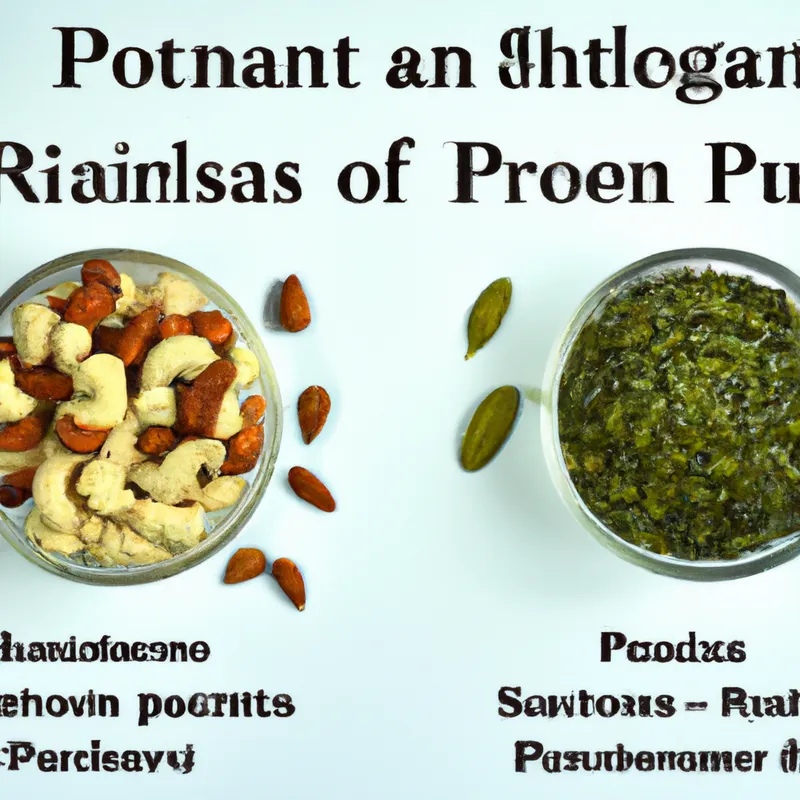
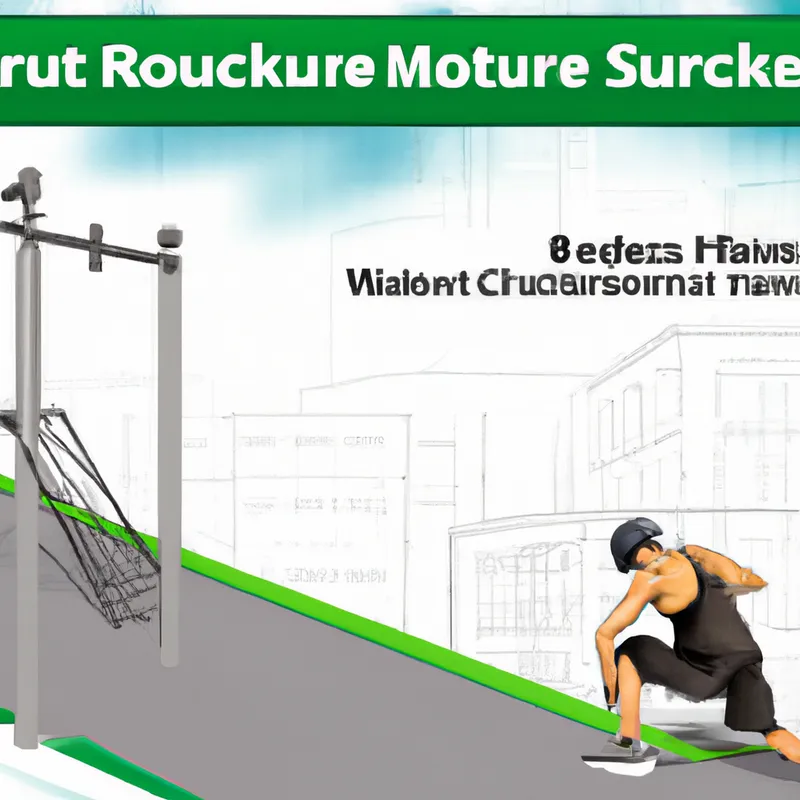


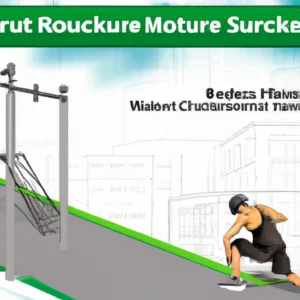





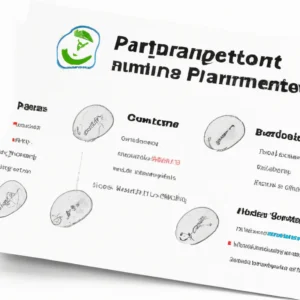

Post Comment